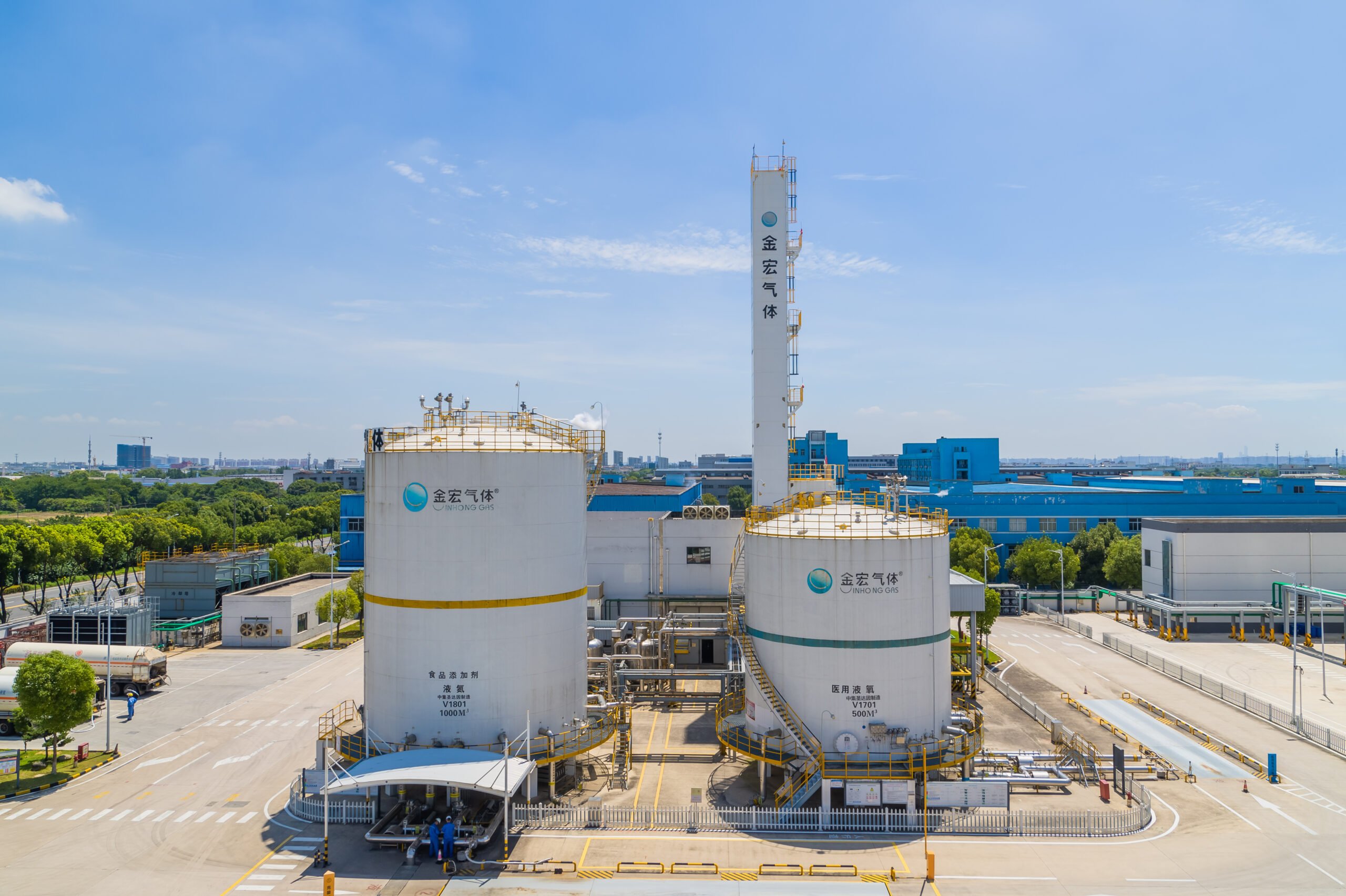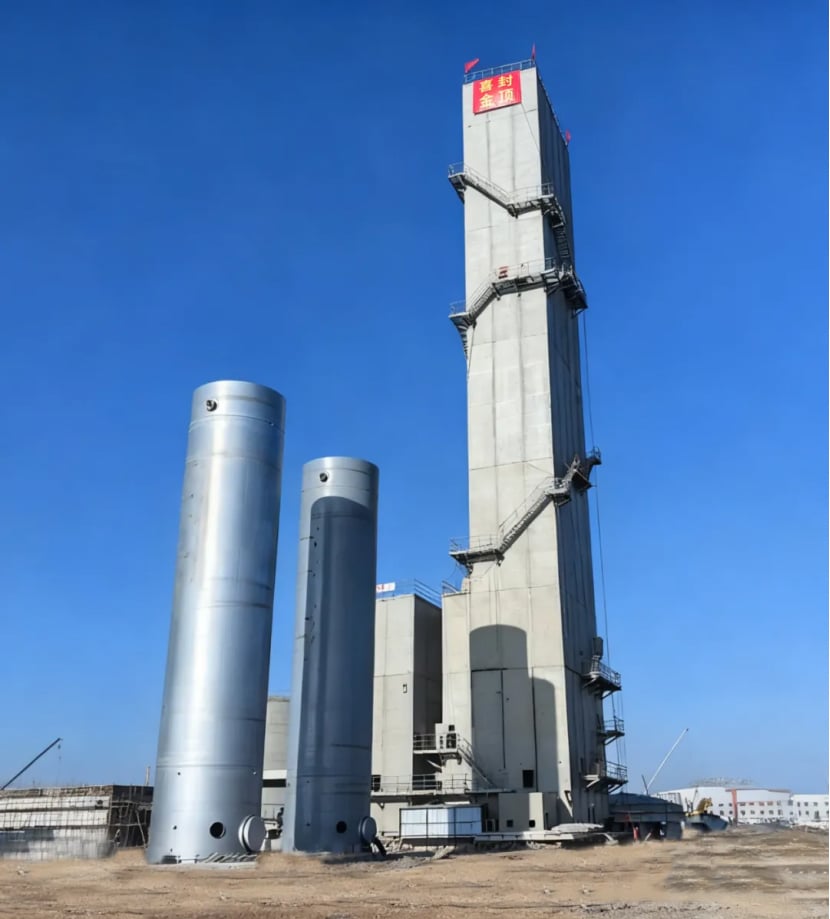Learn what helium is.
Helium’s element symbol is He, with an atomic number of 2. It is an inert gas (does not react with other substances). Its boiling point is -268.9°C (close to absolute zero, the lowest of all elements). It does not exist in the form of compounds in nature, but only as a single gas. It mainly comes from natural gas fields (generated by the decay of geological layers containing uranium/thorium ores). Helium is a non-renewable resource, with global reserves of only about 50 billion cubic meters. It is used in the medical, industrial, aerospace, and aviation fields. It is an indispensable catalyst.
Characteristics of Helium
| Characteristics | Specific manifestations | Application relevance |
| Inert | Does not burn or support combustion | Protective gas for semiconductor/nuclear reactors |
| Extremely low boiling point | Liquid helium can reach -269°C | Cooling of superconducting magnets (such as MRI) |
| High thermal conductivity | The thermal conductivity efficiency is 6 times that of hydrogen | Thermal management system for spacecraft |
| Low solubility | Very low solubility in blood | Breathing mixture for deep-sea diving (to prevent decompression sickness) |
Source and production of helium
Main production areas:
- United States (accounting for 70% of the world, gas fields in Texas and Kansas)
- Qatar, Russia, Algeria
- China (Sichuan, Tarim Basin, self-sufficiency rate <30%)
Extraction process:
- Low-temperature separation of natural gas (liquefaction of other gases at -185°C)
- Pressure swing adsorption purification (purity can reach 99.999%)

How to obtain helium.
Helium products are purified or blended with other gases to meet specific needs.
Natural gas separation:
Extracted from helium-containing natural gas (helium concentration must be > 0.3%), purified by low-temperature fractionation, pressure swing adsorption and other processes.
Process: natural gas → remove CO₂/H₂O → cryogenic liquefaction of methane → collect helium → refine (99.99%~99.9999%).
Radioactive mineral decay:
Uranium, thorium and other minerals decay to produce helium (low industrial value, limited to laboratory trace collection).
It can be mixed with other gases depending on the application.
- Helium-oxygen mixture (Heliox): He:O₂=80:20 or 70:30, can be used for deep-sea diving/respiratory therapy (COPD), reduce breathing resistance, and prevent decompression sickness.
- Helium-argon mixture: He:Ar=50:50, can be used for welding shielding gas (highly active metals such as titanium/aluminum) to enhance arc stability.
- Helium-nitrogen mixture: He:N₂=75:25, used for balloon inflation (reducing costs), can reduce buoyancy by about 30%.
- Helium leak detection mixture: He:air=5:95, used for pipeline leak detection, tracer gas detection of small leaks.
Helium Purity Classification Standards
| Grade | Purity | Application | Impurity requirements |
| Industrial grade | 99.99% | Balloons, welding | H₂O<5ppm, O₂<10ppm |
| Medical grade | 99.999% | MRI cooling, respiratory therapy | Total hydrocarbons <1ppm |
| Electronic grade | 99.9999% | Semiconductor manufacturing | Particles <0.1μm |
Comparison of resource reserves and production
| Dimension | China | Foreign countries (US/Qatar/Russia) |
| Proportion of reserves | <3% (about 1.1 billion cubic meters) | US 52%, Qatar 28%, Russia 12% |
| Mining method | Associated with natural gas fields such as Yuanba in Sichuan (0.05%-0.3% concentration) | High-concentration gas fields (such as Hugoton in the United States, up to 0.8%) |
| Self-sufficiency | Self-sufficiency rate <30%, heavily dependent on imports | The United States achieves self-sufficiency and exports, and Qatar mainly supplies the Asian and European markets |
What is helium used for?
Medical field:
In the medical field, helium is often mixed with oxygen to form a helium-oxygen mixture for the treatment of respiratory diseases such as asthma and chronic obstructive pulmonary disease. This is because the low density of helium can reduce the resistance of gas flow, making it easier for patients to breathe. In addition, in magnetic resonance imaging (MRI), helium is used as a coolant to maintain the low temperature environment of superconducting magnets so that they can work properly.
- Magnetic resonance imaging (MRI)
Helium is used mainly for its cooling ability, and it is widely used in medical scanning. In MRI, it is the superconducting magnet wrapped in helium liquid that generates the magnetic field.
Superconducting magnet cooling:
Liquid helium (-269°C) maintains the zero resistance state of the superconducting coil. A single MRI requires 2,000 liters for the first filling, and the annual loss is about 5% (zero evaporation technology can be reduced to 1%).
- Respiratory therapy
Helium-oxygen mixture (Heliox):
Used for patients with severe asthma/COPD (common ratio He:O₂=80:20), reducing airway resistance by 40%.
- Cryobiology
Stem cell and organ cryopreservation:
Liquid helium provides an ultra-low temperature environment (below -196°C).
High-tech and industrial fields
- Semiconductor and electronic manufacturing
Wafer processing protective gas:
Isolate oxygen during silicon wafer etching and deposition to prevent oxidation (purity must be ≥99.999%).
Fiber drawing cooling:
Protect high-temperature fused quartz glass (the thermal conductivity of helium is 6 times that of air) to avoid microcracks.
- Helium has a wide range of applications in industry. For example, in the welding process,
helium can be used as a protective gas to prevent metal from oxidizing with oxygen in the air at high temperatures, thereby improving welding quality. In semiconductor manufacturing, helium is used in processes such as photolithography and etching in the chip manufacturing process to provide a stable gas environment to ensure the accuracy and quality of the chip.
- Leak detection and vacuum technology
Helium mass spectrometer leak detector:
Detects tiny leaks in nuclear power pipelines and vacuum equipment (sensitivity up to 10⁻⁹ Pa·m³/s).
Aerospace:
Helium can be used to fill aircraft such as airships and balloons. It is an ideal filling gas because it is less dense than air, provides buoyancy, is chemically stable, and is safer than hydrogen. In addition, helium is used as a booster gas for propellants in rocket launches to help deliver fuel and oxidizer to the engine.
Rocket fuel booster:
Replaces flammable hydrogen to pressurize liquid hydrogen/liquid oxygen fuel systems (such as SpaceX Falcon 9).
Satellite propulsion systems:
Helium squeezes the fuel into the engine to avoid chemical reactions.
Research field:
Helium is an important refrigerant in low-temperature physics research. By cooling helium to extremely low temperatures, a low-temperature environment close to absolute zero can be achieved, which is used to study the special physical properties of matter at low temperatures, such as superconductivity. At the same time, helium also has important applications in particle accelerators, nuclear fusion research and other fields, used to cool superconducting magnets and other key equipment.
Nuclear fusion research
Helium-3 (³He) as clean fuel:
The lunar soil contains millions of tons of helium-3, which is an ideal raw material for future nuclear fusion (no neutron radiation).
The main channels for obtaining Helium
First, you can look for industrial gas suppliers, followed by e-commerce platforms, and other special channels, such as hospital cooperation or transfer from scientific research institutions, etc.
| Uses | Recommended channels | Precautions |
| Balloon inflation | JD.com/local gas store (40L cylinder) | Avoid buying “helium mixture” (may contain air) |
| MRI cooling | Linde/Air Liquide (liquid helium tanker) | Long-term supply agreement required |
| Laboratory research | Aladdin reagent (99.999%) | Request COA purity certificate |
| Semiconductor manufacturing | Air Products and Chemicals (electronic grade) | Request particle test report |
- Purity verification:
Suppliers are required to provide gas chromatography test report (GC-MS)
Medical/electronic grade must comply with ISO 8573-1 standard
- Packaging options:
High-pressure cylinder: The capacity is 10-50L, which can be used for small activities/laboratories.
Dewar tank: The capacity is 100-500L, which can be used in hospitals/medium-sized factories.
Tank truck: The capacity is 5-20m³, which can be used in semiconductor factories.
- Choose argon according to usage:
<100m³/month: high-pressure steel cylinder
100-500m³/month: Dewar tank
>500m³/month: liquid argon storage tank + tank truck delivery
- Qualifications:
Suppliers must hold a “Dangerous Chemicals Business License”
Liquid argon storage tanks must comply with TSG R0005 pressure vessel standards
- Comparison of consumption structure
| Field | China’s usage share | US/Europe’s usage share |
| Medical (MRI) | 25% (rapid growth) | 35% (mature market, high recovery rate) |
| Semiconductor | 15% (dependent on imported high-purity helium) | 20% (stable local supply) |
| Balloon entertainment | 40% (stricter regulation, gradual restrictions) | <15% (more nitrogen mixed gas) |
| Aerospace | 5% (Long March rocket, etc.) | 10% (dominated by commercial aerospace such as SpaceX) |
Helium service available.
As a professional gas sales supplier, serving customers well and satisfying customers is our lifelong purpose. If you need to buy helium or have special process requirements, you can contact us at any time. We also have different service model categories for you to choose from.
First of all, retail sales, supply single bottle sales, you can also contact us directly by email for online sales, and support small batch purchases. Secondly, we support long-term cooperation supply models. We have a stable supply chain and can provide you with safer and more stable services. Pipeline direct supply, tank leasing, etc. Finally, there is emergency service, but when you are in a hurry to use helium, we can provide emergency delivery, so that you can use it with confidence without delaying your working hours.
We also provide some special packaging forms. Micro gas cylinders (2-10L), ISO containers (20-40m3), balloon helium tanks (can be filled 50 times at a time), etc. Please contact us for specific needs.
FAQ
- What is the difference between imported helium and domestic helium?
The shipping time of imported helium (Qatar) is relatively long, while domestic helium arrives directly within 72 hours. The price of imported helium is relatively high (including tariffs), and domestic helium is 15-20% lower than imported helium.
- Which is better for me, a helium cylinder or a liquid helium tank?
When you have a small batch or temporary demand, you can use a high-pressure cylinder. If you need to use helium continuously and stably, you can use a liquid helium dewar. Please contact us for specific needs.
- How to detect helium leaks?
Recommended three-step method: soap water detection (observe bubbles at the smear interface), portable mass spectrometer (sensitivity 0.1ppm), IoT monitoring (install our smart sensor).
- Is it dangerous to change your voice by inhaling helium?
Direct inhalation of pure helium will cause instantaneous hypoxia and suffocation. For recreational use, the concentration must be controlled to less than 30% (we provide safe helium-oxygen mixture).
- How to deal with sudden supply interruption?
Level 3 emergency response: 2 hours (allocation from the nearest warehouse), 12 hours (activation of strategic cooperation gas source), 48 hours (provision of temporary nitrogen replacement solution).



